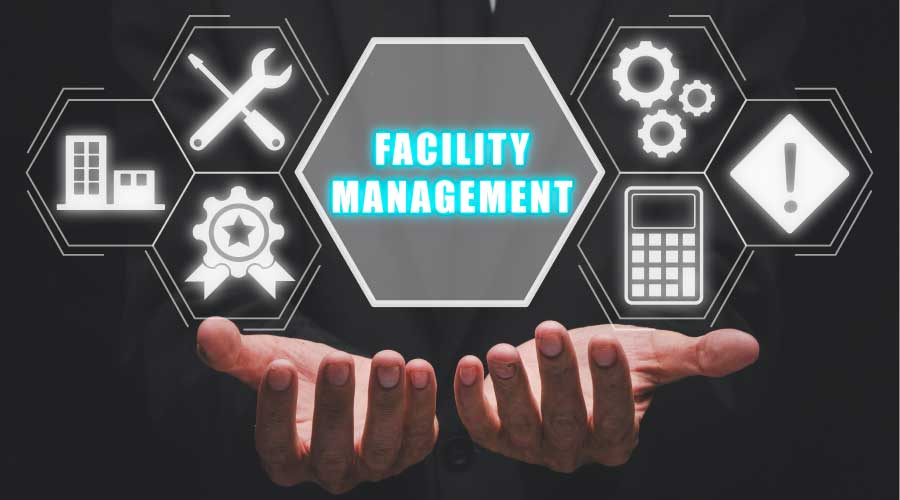Every construction site is a dynamic environment. Plans change, weather interferes, materials arrive early—or late. The one constant is that everything must be coordinated. Without effective construction project management, even minor missteps can trigger cascading delays and cost overruns.
But in an era where most industries have gone digital, many construction projects still rely on paper drawings, physical clipboards, and endless email threads. These traditional methods increase the chance of miscommunication, version conflicts, and lost documentation. To build smarter, construction teams need better tools—starting with purpose-built construction project software.
The Documentation Burden in Construction Projects
From pre-construction planning through punch lists and closeout, construction generates massive volumes of information:
-
Project schedules and task lists
-
RFIs and submittals
-
Equipment specs and shop drawings
-
Compliance reports and inspection notes
-
Safety protocols and change orders
When all of this is managed manually or stored in disconnected formats, the result is chaos. Teams struggle to stay aligned, and mistakes become more frequent—especially during field execution.
What Modern Construction Project Software Offers
Effective construction project software streamlines the lifecycle of a build by offering centralized, digital tools for coordination, collaboration, and documentation. These platforms help eliminate confusion and keep the project on track.
Key capabilities include:
📁 Document Control
All construction documents—plans, specs, permits, and updates—are versioned, organized, and searchable from one platform.
📱 Mobile Access for Field Teams
Crew members and subcontractors can access the latest instructions, upload site photos, and report issues on the go.
🔄 Real-Time Updates
Changes made by architects or engineers can be instantly shared with everyone who needs them—no printing, no delays.
🧩 Task and Progress Tracking
Project managers can assign tasks, monitor progress, and identify roadblocks with visibility across the jobsite.
The High Cost of Miscommunication
Many construction delays come not from lack of resources but from miscommunication:
-
A subcontractor installs ductwork based on an outdated drawing.
-
An RFI sits unanswered for days, stalling multiple teams.
-
A safety protocol update never reaches the crew working in that area.
Each of these issues results in lost time, extra labor, and unnecessary stress. Digital construction project management tools can prevent this by ensuring that everyone—from the project lead to the field foreman—is working from the same, up-to-date information.
How Project Software Transforms the Closeout Phase
Project closeout is often rushed. Teams scramble to assemble documentation, finalize punch lists, and meet deadlines. Unfortunately, this leads to a chaotic handoff to facility operations teams, who may receive incomplete or disorganized records.
With well-maintained construction project software, documentation is created and organized continuously throughout the project. This means that at closeout:
-
As-built drawings are complete and accurate
-
Warranties and O&M manuals are collected in one place
-
Inspection records are ready for turnover
-
No time is wasted hunting for missing documents
Long-Term Value Starts With Organized Construction Data
Construction doesn’t end when the building is complete. Facility teams need reliable records to manage maintenance, renovations, compliance, and emergency response. A disorganized closeout makes future operations harder.
When documentation is digitized and searchable from day one, that knowledge remains accessible and usable—years after the final inspection.
ARC Facilities: Extending the Impact of Construction Documentation
ARC Facilities works with facility and construction teams to digitize and organize project closeout documents, including as-builts, O&M manuals, shut-off maps, and warranties. With mobile-first access, ARC helps ensure the documentation gathered during construction project management continues to support the building’s lifecycle long after construction ends.
